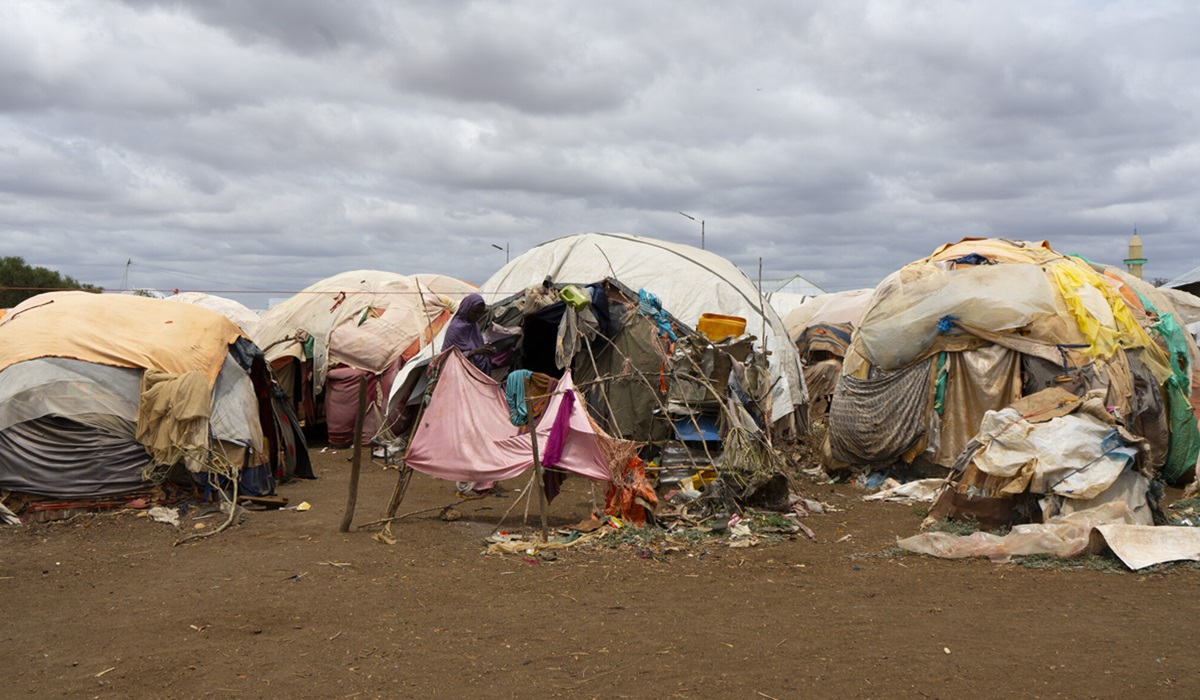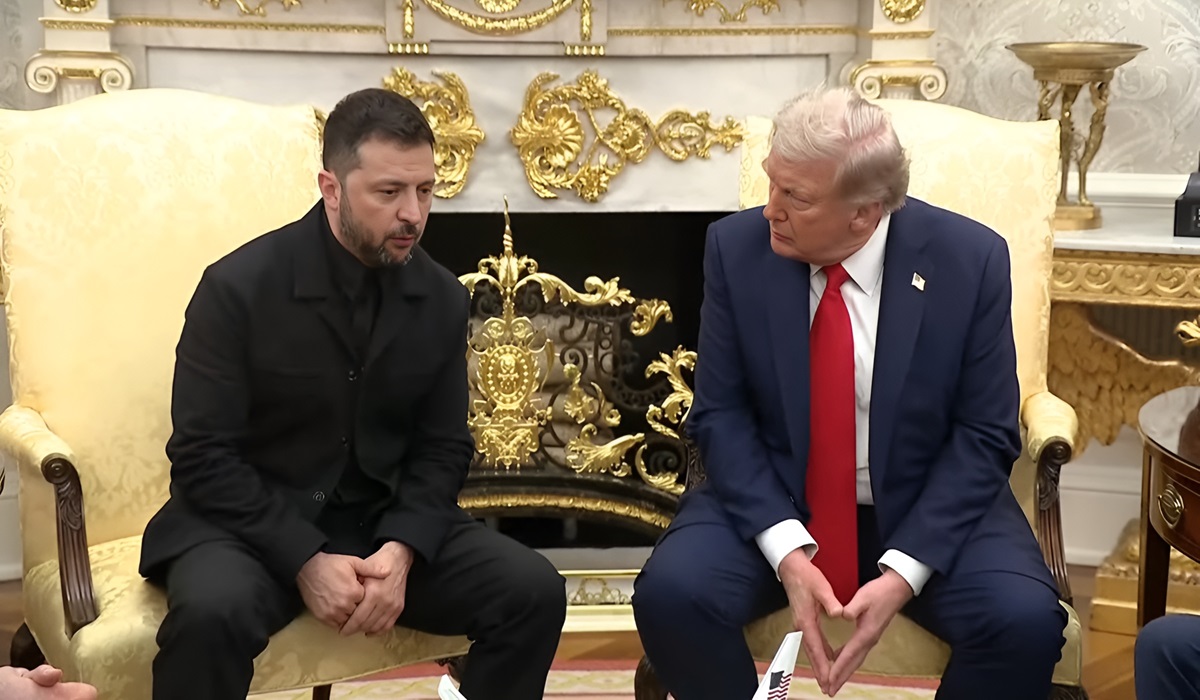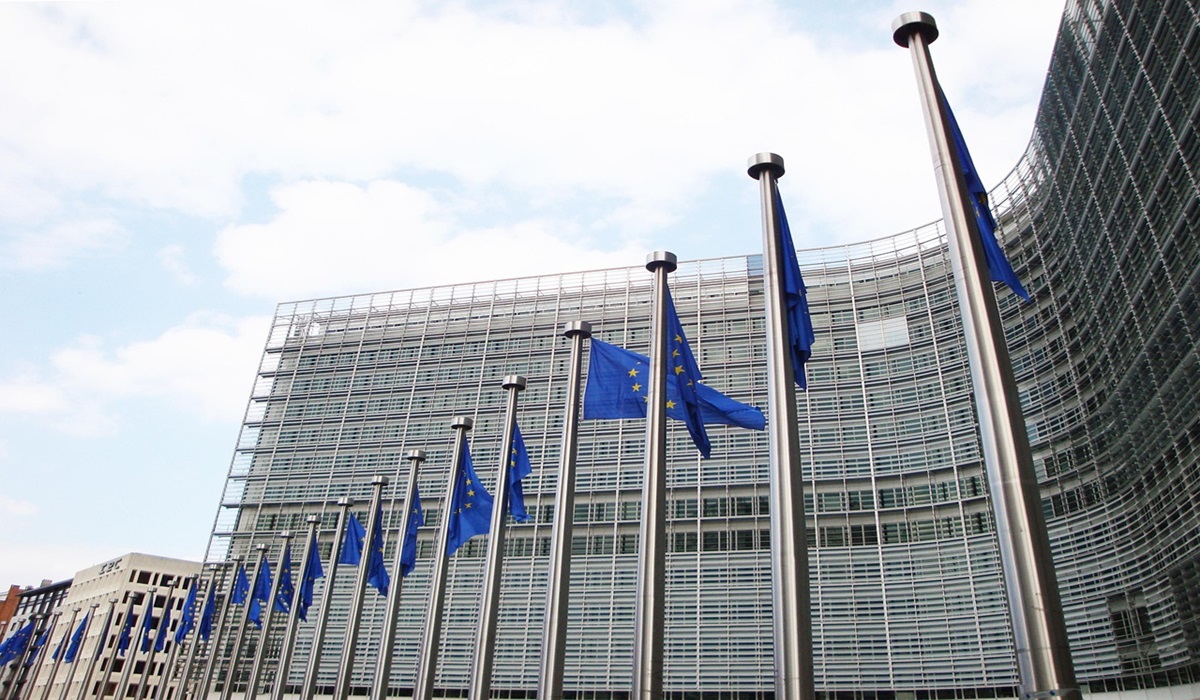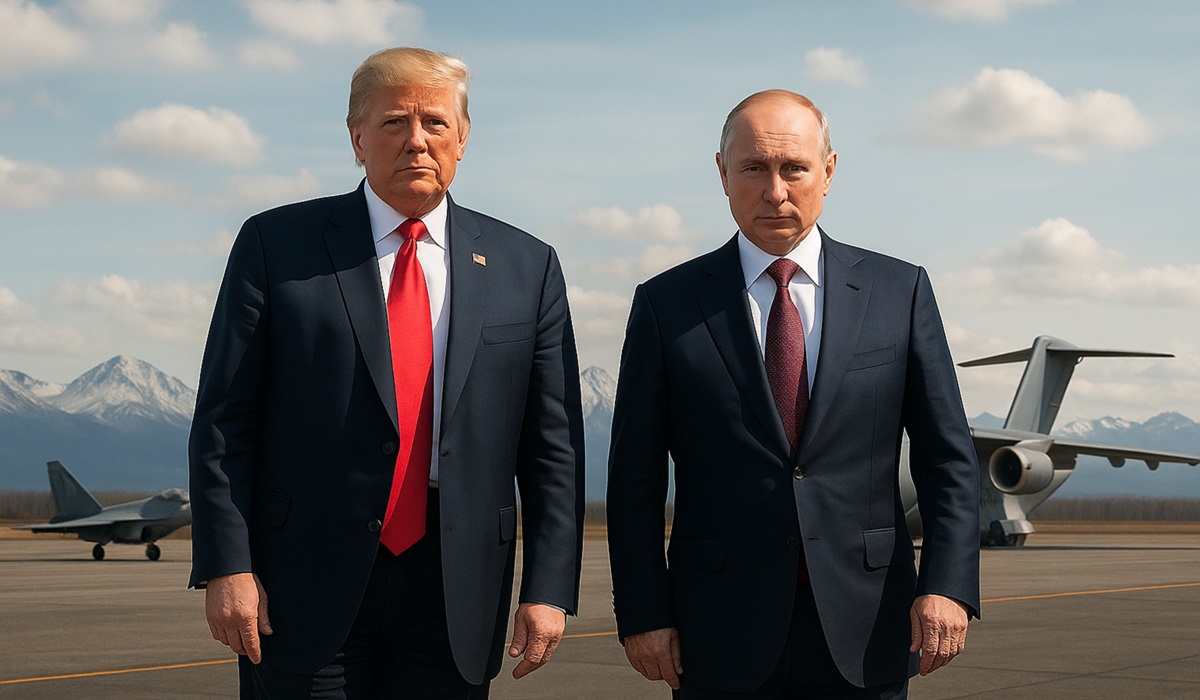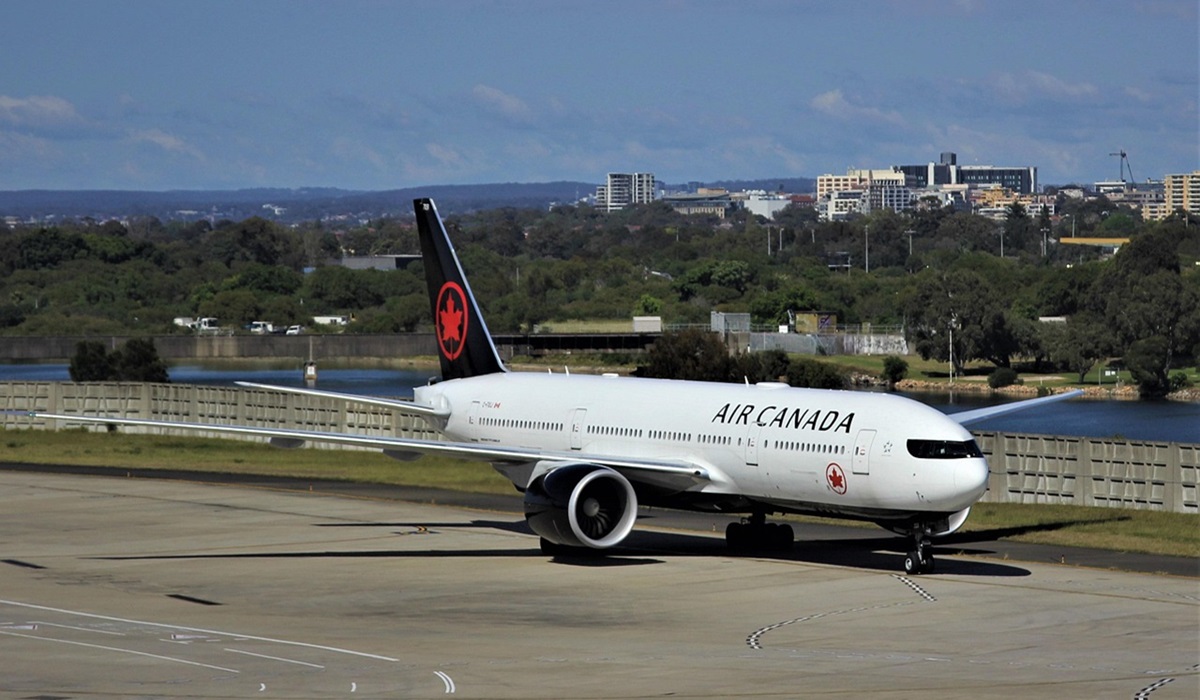Trump Announces New Tariffs Up to 40%, Rattling Global Markets and Allies
- Xuemei Pal
- Breaking News
- July 7, 2025
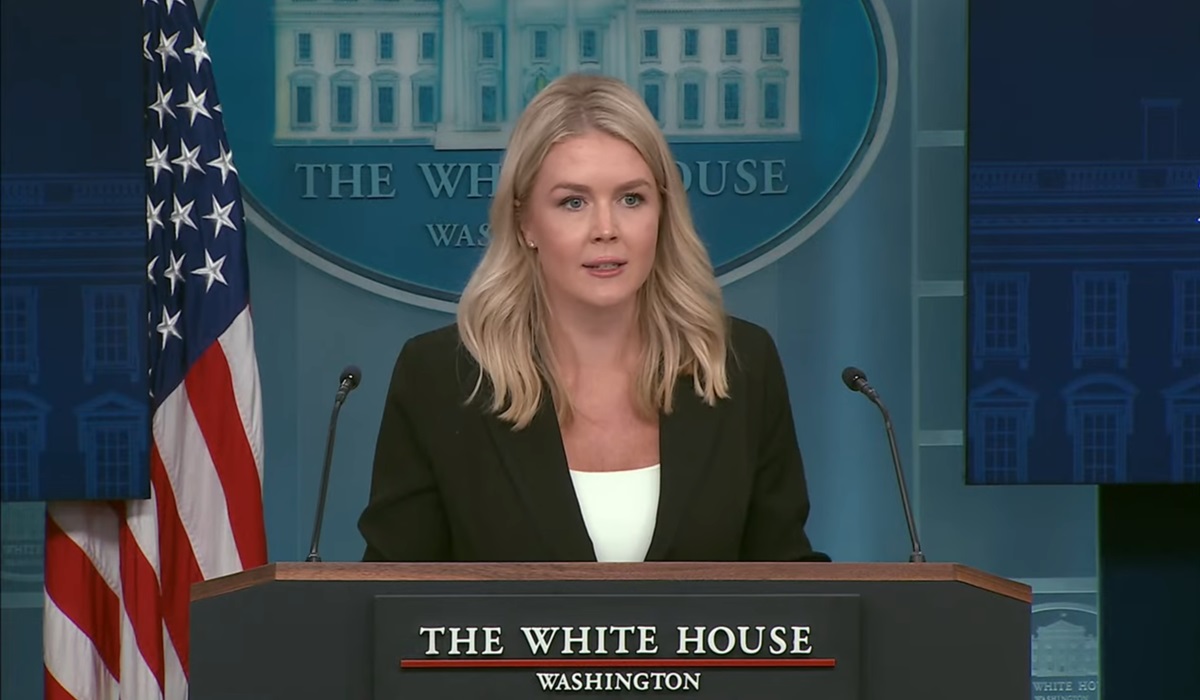
In a move that stunned global markets and set off a wave of diplomatic unease, former President Donald Trump—now the presumptive Republican nominee for the 2024 U.S. election—announced sweeping new tariffs of up to 40% on imports from a growing list of countries. This includes formal notification to key allies such as Japan and South Korea that they will face immediate 25% increases on goods ranging from automobiles to electronics.
While Trump has long advocated for aggressive trade protectionism under his “America First” agenda, this latest escalation is more severe and more widespread than previous trade wars. The move has sent ripples through global financial markets, with the Dow Jones plummeting over 1,100 points within hours of the announcement. Investors, already jittery about inflation and sluggish GDP growth, are now bracing for tit-for-tat retaliation and disruptions to global supply chains.
Trump’s campaign officials frame the new tariffs as a preemptive economic strategy designed to “restore American manufacturing strength” and “end dependence on foreign adversaries and freeloading allies.” According to Trump himself, the U.S. has been “ripped off for decades” and it’s time to “tax the cheaters.”
But timing is everything. The announcement comes just weeks before the Republican National Convention, signaling that Trump is positioning his hardline trade stance as a centerpiece of his campaign platform. Analysts suggest it is also a political play to energize his base in Rust Belt states that have long felt hollowed out by offshoring and automation.
“Tariffs are not just an economic tool—they’re an ideological weapon in Trump’s America-first doctrine,” said James Hanley, an international trade expert at the Peterson Institute. “But they come at a cost.”
The full scope of countries affected has not yet been published, but sources close to the Trump campaign say more than a dozen trading partners have been notified or are expected to be. So far, beyond Japan and South Korea, early reports suggest tariff increases or threats have been issued to:
- Germany and the broader EU: Especially targeting luxury automobiles and steel
- Vietnam: Over textiles and microchips
- Mexico: Resurrecting threats of tariffs over both trade and immigration issues
- Taiwan: Electronics, particularly semiconductors
- India: Pharmaceuticals and IT services
China, already in a cold economic war with the U.S., is expected to face the steepest increases, with Trump indicating tariffs as high as 40% on certain categories of goods, including rare earth metals and consumer electronics.
Markets reacted instantly and harshly. The tech-heavy Nasdaq dropped nearly 3.5%, and the S&P 500 slid into correction territory. Major automakers, tech firms, and logistics companies were hit the hardest, with Ford, Apple, and FedEx all seeing double-digit losses in a single trading day.
The U.S. Chamber of Commerce slammed the move as “economically reckless,” warning that it could trigger retaliatory measures that would harm American exporters and consumers alike.
“Every time this cycle begins, small businesses and working families pay the price,” said Neil Bradley, EVP at the Chamber. “Tariffs are taxes—full stop.”
In Japan, officials were “shocked and disappointed,” especially after what they described as constructive conversations with Trump’s trade advisors just last month. South Korean trade representatives also expressed concern, warning that the tariffs would destabilize key semiconductor supply chains at a time when global production is already stretched thin.
Simply put: because it works for him—politically. Trump’s playbook hasn’t changed. He thrives on chaos, confrontation, and the perception that he alone is standing up to global elites, even if that means alienating allies or undercutting American multinationals.
His tariff policies are not aimed at economic orthodoxy; they are meant to fuel nationalist sentiment and reassert dominance in a world he sees as taking advantage of U.S. generosity. For many in his base, especially in regions hollowed out by globalization, these moves feel like justice, not risk.
But critics argue that it’s short-term political gain at the expense of long-term national stability.
“He’s selling a mirage of economic resurgence,” said Lori Wallach, a trade policy analyst. “These tariffs create winners and losers. And the losers are piling up fast.
Expect legal challenges, countermeasures from affected countries, and significant pressure from U.S. industry groups. While some Republicans back Trump’s tough stance, others—especially traditional free-market conservatives—are beginning to break ranks, fearing deepening recession and geopolitical blowback.
Internationally, affected nations are quietly preparing retaliatory measures at the WTO and in bilateral trade relationships. Supply chain disruptions could hit everything from EV batteries to pharmaceuticals, raising the cost of goods in an already inflation-strapped economy.
Whether this is bluster or policy in motion remains to be seen, but one thing is clear: Trump’s trade wars are far from over. And if elected, they will likely intensify. The global economy is now watching, and bracing—for what could be a seismic shift in U.S. economic policy. Again.

